Sometimes I can’t believe I’m so lucky as to be able to sit down and have deep dive conversations with some of the most talented and interesting ladies in the film community. Talya Adams is a film photographer, and artist. She documents her film photography journey on YouTube and is currently working on building up her professional editorial photography portfolio. Outside of all that she is also an amazing writer, currently working on the sixth draft of her debut novel. Our chat about her artistic journey and year long break from social media was like chicken soup for my soul. I was mesmerized by her discipline and her wisdom beyond her years, and I know you’ll leave this conversation feeling equally inspired and refreshed.
Enjoy!
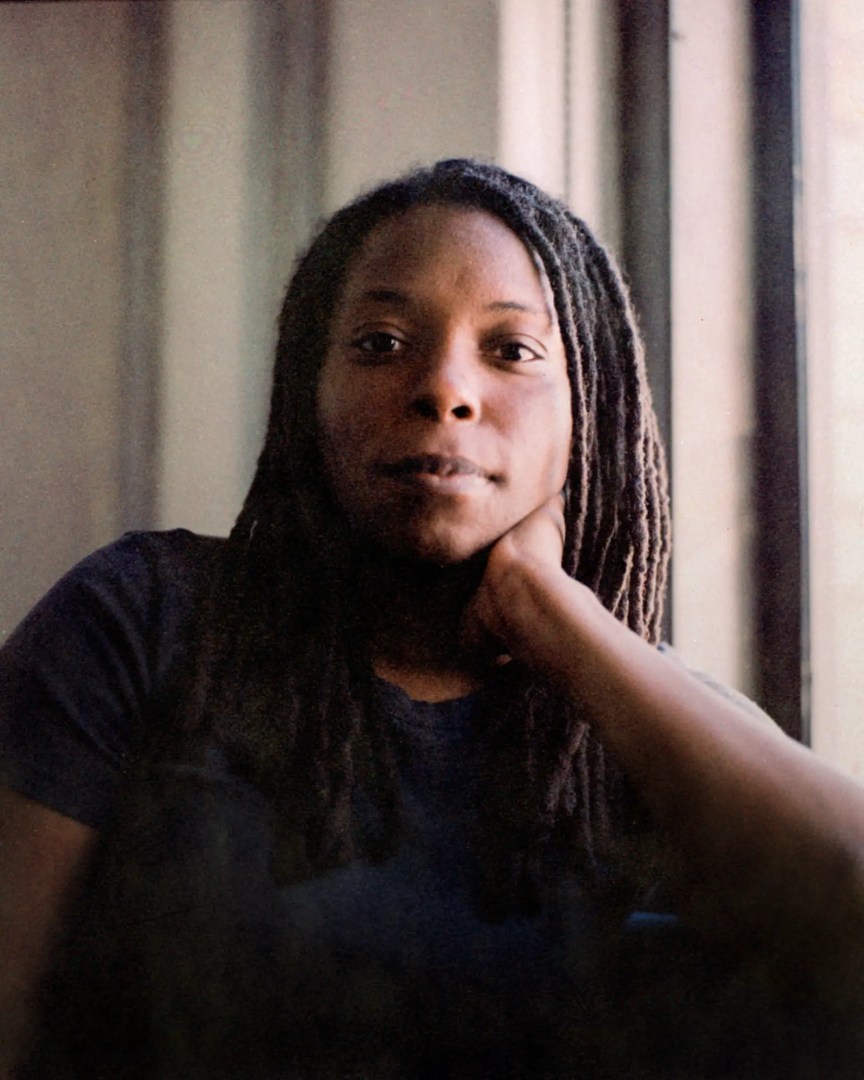
Talya Adams
Thank you for taking the time to chat with me! Could you start us off by giving us a brief introduction to yourself?
Talya Adams, I am currently an LA-based writer/photographer, living in KoreaTown, which has been a town I have been documenting since the pandemic. It’s always interesting, every single day! I’m originally from Florida. I moved out here to pursue the Arts, and I continue to do so everyday.
What specifically got you into film photography and what keeps you shooting it?
It’s a journey. In 2016 I went to Mexico for my birthday with some friends. One of my friends, who is a director and really good at photography, took photos while we were down there. Mine looked like crap while hers looked really good! I didn’t understand what was happening. And she told me about this photography class she had to take at NYU, and what she learned. So then I got some books and started learning.
At the time I was working at a film school, so I had access to digital cameras but I could only check them out for so long. I also had a friend whose parents had given him a digital camera which he never used, so I would always borrow it. Then one sad day, I went to Venice and fell into the ocean. Never stand on rocks! I got his camera all messed up, so I wanted to fix it before he found out because I felt so responsible. So I took it to a camera shop in downtown LA. I ended up just talking to some of the workers there. One of the guys was an editorial photographer and he asked me “why are you shooting digital?” I just said “well, cause that’s what I have!” He said “That’s so boring! Everyone shoots digital. It doesn’t really matter what kind of camera you have because you can mimic anything in post production. You should get into film.”
Man, I didn’t know anything about that. But the cameras are cheaper and easier to get into. So I went to a thrift store and found a camera for $7. It was a Rollei 35S. I was so ecstatic. I took it to the camera shop and asked them if it worked. They checked it out and confirmed it worked. I don’t think I even had it a week. I took it to work to show my coworkers. One of them wound it too tight and broke the advance! And because the 35S is made out of plastic, it couldn’t be fixed. So I went back to the camera shop and asked them to help me. And they told me there wasn’t anything that could be done. I was so sad. I hadn’t even finished a roll in it. But they had a Rollei 35B which is metal. He pulls it out and asks me, “how much can you give me for this camera?” I don’t even know how much this stuff costs, and I didn’t want to insult them. He just said, “Make me an offer!” So I asked to give them $40 and he said “It’s your camera. Don’t let anyone else touch your camera.” I still have that Rollei 35B and that’s how I got started.
That’s amazing! Do you think that’s a bit of camera karma seeing as you broke your friend’s camera and then your camera gets broken by someone else?
It’s true! I couldn’t even be that mad! It’s so devastating especially since I spent so much money to fix my friend’s camera since it had saltwater damage. Yeah, it makes sense. And then because I found that camera thrifting it really got me into thrifting cameras. I think for a year afterwards I was thrifting heavy. I think I had something like five or six Canon AE-1’s [read our review here]. That was my first SLR camera.
We have some really good flea markets and thrift stores in the Greater Los Angeles Area. I would just take a day, call up all the places and ask, “What do you got??” And most places don’t know what they have when you’re talking about cameras. I would have to ask, “Does it take batteries? Does it take film?” and often they’d say “Oh, we have some really old ones!” So I’d go to all these different places and get these great hauls. Resell them and along the way, I’d use them and learn them. So, that’s really what kickstarted me. Every camera I picked out, there was something new and interesting about it. I just fell in love with it.
I feel like it’s a very similar story for me too! I randomly found a Canon AE-1 at the thrift store one day. And just like that I got addicted to thrifting cameras. It was just so fascinating to learn about different cameras!
Thank god it got so expensive, or else I’d have a lot more! Today you go to a thrift store around here and cameras are $100, but it’s broken and the sales people will just say “That’s how much it costs!” Now I end up leaving way more than I pick up.
Yeah the stores are catching on! So what would you say in all these thrifting adventures, what was the coolest find?
I’m gonna say it wasn’t a thrift store, it was a guy doing a garage sale.
He lived in Beverly Hills and he was selling off some cameras. I used to have to work on Fridays and Saturdays, so I could never really get into garage sales, so I often had to call people ahead of time and try to get in on a Thursday morning before I had to go to work. So I called him up, told him my situation and he invited me to come on by. I drove out there to his house (of course it was a nice house). I walked in through the kitchen to his huge den. He had this massive table and it had film cameras all over it.
I remember being so overwhelmed, thinking “Oh, I didn’t bring enough money!” I used to give myself a $40 budget so I could make a profit. He had literally every brand, and said he had been shooting for over 40 years. I think I picked up two Canon AE-1’s with the cases, which he was selling for super cheap like $10. Also a Nikon FG which was a mistake [see our review here]! I should have Googled while I was there. He also had some Nikon FM’s [see our review here] and FE’s [see our review here]. But I just didn’t have the knowledge at that point. But that was definitely the one that caught me the most off guard. It was like a dream come true. If that happened today, I would absolutely kill it.
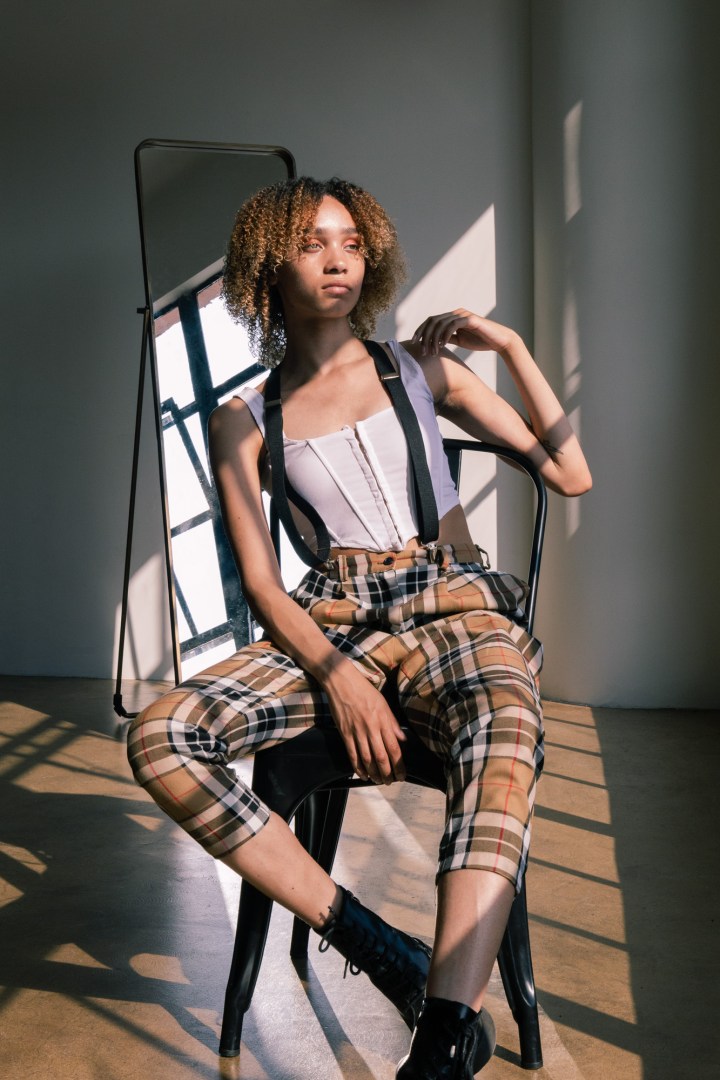
Now that you’ve found film, what is about film photography that makes you want to keep shooting it?
I think it’s the process, I feel more engaged when I’m shooting film. Each shot needs a little bit more. I know that I’m going to get an image that probably won’t be as easily replicated as it would be if I were shooting digital. It’s funny because just last month I decided to start shooting both film and digital as I build out my portfolio because I went on a paid gig recently. I talked with the Creative Director and told him I shoot film. He said that’s fantastic! I ended up giving him a variety of shots, wide, medium, and close ups of the subject. He did an extreme crop of my wide shot and then he said “You know, it’s not as sharp as I would like it!” And I was said, “Sir! We’re dealing with grain, not pixels here. You just can’t do things like that. It felt like violence against my work!”
I didn’t understand why he wouldn’t just use the close up of the subject. But it turned out it was because there was a computer in the wide shot he liked, that was the only reason. It was painful. So I decided, from now on I’m just going to shoot both, just in case. As I’ve been doing it and comparing the two I find that I do still prefer the finished images that are on film. And what I’m doing is I edit my digital photos to look like the film shots. I feel much more satisfied with that. The finished photos still feel like mine.
I’m the same way, when I do digital I’m often trying to replicate my film style.
Yeah, when it’s just for me, I’m just shooting film. When I’m walking around, or shooting when I travel it’s just film. But if it’s for the portfolio or a paid gig, I do both just to be sure.
So at what point in your photography journey did you start doing portraits?
I feel like I started with friends. People always say to start with friends because they’ll be the most patient with you. So it started, I used to go to the camera shop a lot (well still do). I’d go there so frequently because I had so many questions, and they knew all the answers! And one of the guys I became friends with, his name is Henry and he was a working photographer. He said he used to mentor students, so I asked him to give me a shot, an assignment. He actually assigned me to go shoot some people; he gave me my first portrait assignment. So I shot three of my friends and two coworkers. And that’s how I got started shooting people, shooting people that I knew.
It was a bit easier for me in the sense that I know a lot of actors and models, people who have profiles so there’s a lot of people who always need pictures. I literally did a shoot with my friend so she could put the photos on her Tinder! She has a boyfriend today though, so I totally take credit for that. As I got more comfortable, walking around, I gravitated towards Venice Beach. I’m drawn to certain scenes and people, and I’d work up my confidence to go up to strangers, start a conversation. Take pictures of them and people I didn’t know, to find things that were unique and interesting.
That’s awesome! As you mentioned before we got started, you are now starting to explore this as a career. So what are your long range goals with portrait photography?
Long term goals. Man, I don’t do that right now! Only because COVID really messed me up.
That’s true! 2020 really laughed at all our goals.
Yeah I had plans for 2020, and I can tell you not one happened. I still find making long term goals difficult to this day because it feels like at any moment something might change. So right now my goals for the end of September is that my portfolio should be fully flushed out. My website should be updated. I have shoots scheduled through the end of September. By then I plan to start submitting to different magazines and publications and reaching out to people, so that they are aware of me and I can start building up relationships. That’s what I can see for right now!
So I noticed when looking at your portrait work, I love that you are often shooting outside in natural light. How did that preference come to be? Why do you prefer shooting outside rather than in a studio?
That’s funny. On my YouTube channel I’ve started a series, where I’ve been shooting in-studio stuff more because I don’t do it. I need to be a little more well rounded and it’s been such a struggle. I guess the biggest reason why I shoot outside, is because I love the way the California sun is here. I really love summer light because starting at like 5AM to 8:30AM it’s gorgeous. It’s super super vibrant and the way skin interacts with this light, it’s beautiful to me. And just being outside, whether I’m hiking or I’m at the beach or downtown, and the light is being cut and reflected off of glass and buildings I love the way it interacts with people. So I think just me paying attention when I’m out in the community really makes me want to go outside shooting, I want to go out anyway. If I can bring someone with me, it’s even better because that’s really just what makes me happy.
I’m a very active person. When I started this journey of working on my portfolio, I reached out to a photographer I know and they gave me some great advice, “look at the agencies, look at the photos that they have on their websites and make sure the photos you show them are on par.” I ended up reaching out to another photographer I know who does a lot of editorial work, like Time, Vogue, stuff like that. We had coffee and she literally gave me all the steps of what I should do and then had me come out to a photo shoot and assist so I could get the experience. The most important thing she told was, “Shoot like YOU. Don’t shoot like anyone else. Don’t try to shoot in a way like you’ve seen in magazines.”
So as I’ve been doing my in-studio work it has been a struggle. Sometimes when you’re finding studios to book, they totally lie. They’ll claim they get great sunlight but when you go at the advertised best time with clear skies you find there is no sun in the studio. Barely a sliver of sunlight on the wall. And the lights they give you aren’t always that great. So ultimately you’re spending A LOT of money for the good studios, and I’m on a budget. I’ve been having to do a lot of trouble shooting, creative fixes. So far with the studios I’ve used, it’s just made me realize I prefer sunlight, so much more than being in-studio.
I talked to a technician while I was on set for a magazine shoot. We really broke down the lighting. I wanted to get an understanding of how we were creating this sunlight look. He broke down constant light vs. flash photography vs. sunlight, expectations, and what’s possible and what’s not, and what you need to have for these things to happen. For where I am right now, I think it’s best if I stick to sunlight. I don’t have a car, I ride a motorcycle. It’s LA. I don’t want to sit on the 405 and just hate my life. I’d rather zip through traffic and get there on time. So until that changes I don’t think I’m going to go out and buy a professional flash kit because I have no way to haul it, and I have all this sunlight so I want to take advantage of it.
I think that’s a testament to minimalism and how artists can create so much with minimal gear.
I think a lot of this just comes down to studying light. When I was getting more into portraiture, I studied a lot of photographers that utilize a lot of light. That really helped me as well. There was one I gravitated towards. She was British, Jane Bown. She worked for a news publication. She was known for shooting on an Olympus OM-1 [see our review here] with an 85mm lens, and using natural light. She would find light. If she was in an awful room or something, she would find a lamp, take the shade off, bounce it off a wall, position the person where the light was falling. She has these iconic portraits of celebrities, politicians, all kinds of people using that OM-1 camera and natural light and just figuring it out. I decided, if I could figure out light and how it works and light people properly then I can make some pretty good images. I just try to do my best to find the light.
Since you’ve mentioned YouTube, that’s actually how I first discovered you! Could you tell us a little bit about how your YouTube channel came to be?
Like I mentioned, I moved out here for the arts. I came to California to finish my higher education in screenwriting. When you go to film school they don’t want you to just have one specialty, they want you to be well rounded. So I had to take editing classes, production classes. Because of that I was in a New Media class which was basically about anything online. One of our projects was to write a web episode. I did and I really liked the storyline so I continued to do about seven episodes of that. I put them on YouTube. I entered them in some festivals and won some stuff but I couldn’t keep that up. It took too long, and the turnaround was so slow. So I was wondering what I could do to still be uploading and creating content, keeping my tools as sharp as possible.
Once I fell into photography I had another Instagram page called the Narrative Nook. I would write out stories and then take stills of the scenes to go along with the prose. I would do little behind the scenes video clips so I decided to put that on my YouTube channel. It started getting tougher and tougher to coordinate with people to keep the stories going. At the same time I was shooting photography more and more, and thought I could take people along with me so they can learn as I’m learning. When I started it I had really only been doing photography for a little over a year, so I was still pretty green. In that space there was no one who looked like me who was doing this. And no one was sharing the experiences I was having. I still feel like to this day I’m one of the only people who share all of my fails. I’m a trial and error kind of person. So that’s how I got started. I just thought, I’ll just share what I’m going through and along the way get some tips from people who know more than me.
I love that you do share everything, even the mistakes!
Well that’s what happens! I don’t have a guru that follows me around.
Yeah and that’s how you learn! You don’t learn if you don’t make mistakes.
Exactly and I think it’s important to show people that. It’s fine to make mistakes. If you’re not making mistakes then you’re not pushing yourself and you’re not learning. If everything is just always perfect, then you’re not advancing. That’s why I try to normalize it on my channel, because this stuff happens no matter what level you’re at.
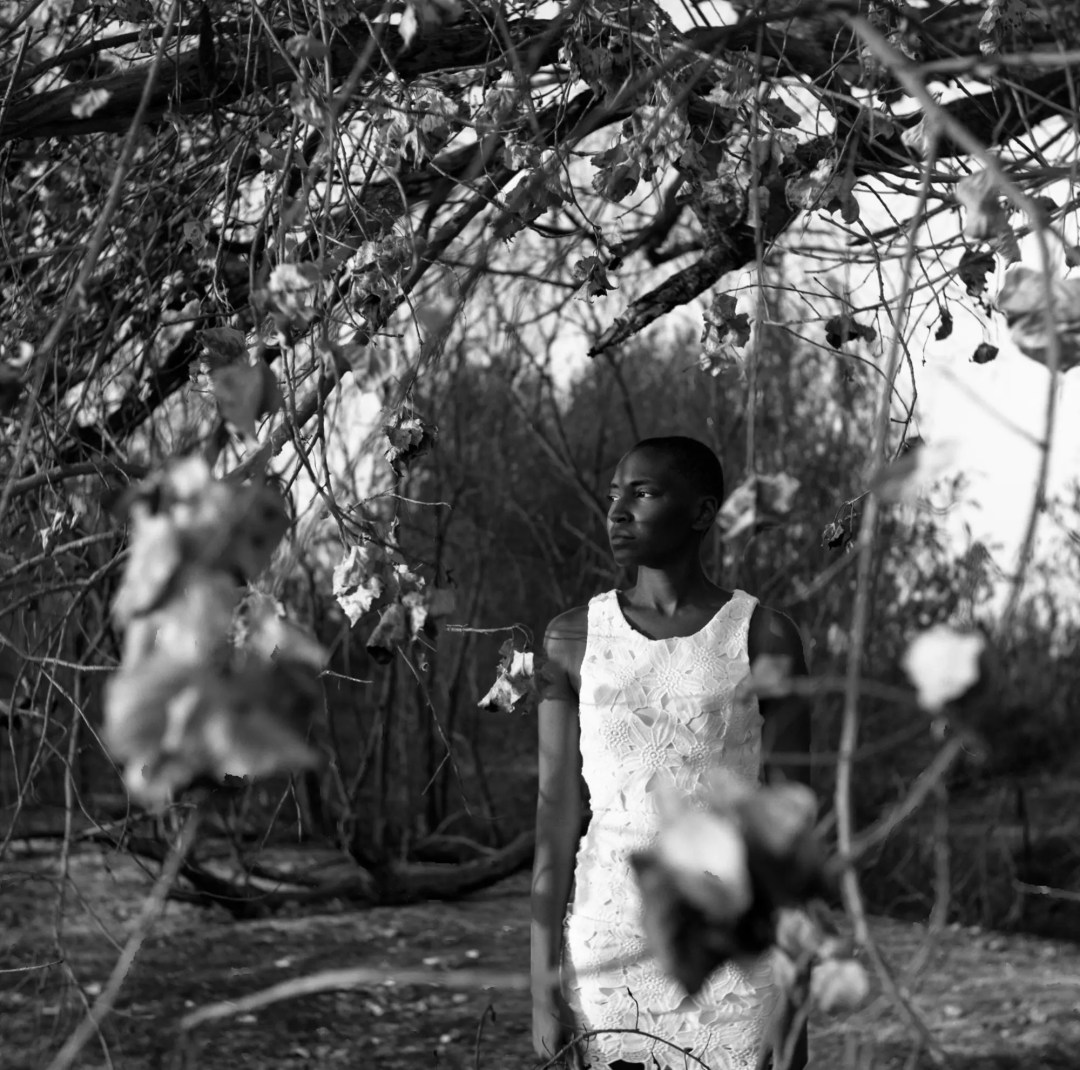
The other thing I love about your channel is the variety of videos that you create, whether it’s a camera review, a head to head comparison, or behind the scenes of a photo shoot. How do you find inspiration for your videos and how do you decide what video you want to create next?
It’s very organic, tailor made to what’s happening in my life. If someone asks me if I want to try out a camera, I’m like heck yeah! I have a friend that owns a camera shop so I have access to try out a lot of new cameras and I have another friend who owns over 100 cameras that I can use too. So for me it’s very organic, just trying cameras out for the first time. And if I’m doing a shoot, I’ll show the behind the scenes because it’s fun. The head to head video came about because I was looking for a 645 camera and didn’t know which one to go with. I had two friends who had the Mamiya [see our review here] and the Pentax [see our review here], and I figured the best way to decide is to do a head to head cause you can only do so much research online. It’s a good starting place but ultimately I need to see how they’re going to work with my workflow, so that’s where that video came from.
But what’s funny is I didn’t end up getting either of those cameras! They were great cameras but neither spoke to me or felt like my camera. I think that’s something a lot of people ignore when buying cameras. They just think, oh my favorite photographer shoots this camera, so I NEED this camera. They force it on themselves. But I don’t do that anymore. When I first started everyone wanted an AE-1. I got several but I could never fall in love with it. It never got me super hyped to shoot it and I was never over the moon with the results.
Utilizing different cameras and not being a brand groupie is more conducive to you as an artist. You can’t treat these cameras like they’re the holy grail. They’re just tools. You’re the artist. They have to work for you. So I think it’s good to try out different tools and see if they fit you. So that’s how my style came about on my channel. Just trying different cameras, seeing if they work for me, telling people about these cameras. Also I wanted to show people the money behind photography, because photography can be expensive but you can get into it relatively cheaply and still produce quality images while you’re learning and working your way up. So I made a lot of videos that showed people how to go about doing these things and not get overwhelmed trying to keep up with other photographers. So that’s what I try to do on my channel. Get people excited, help them get their foot in the door.
When I first discovered your channel last year you were in the middle of doing a social media detox for a full year. What did you feel were the benefits of taking that year long break and what do you feel are social media’s effects on the film photography community, for good or bad?
I’ve had a lot of time to think about this! I took my break because I felt like there was too much noise in my life. I’m a creative that is very intuitive, and I need clarity to be able to create. I’ve been working on a novel for three years. I was getting really frustrated. I was on my fourth or fifth draft. Unfortunately I’m a perfectionist so I know where it really needs to be for me to be satisfied. I reached out to one of my mentors, I asked her about how it was taking me so long and how I was having a hard time sitting down and hearing my characters’ voices. She told me that every artist’s process is different. Every artist’s path is different. She mentioned she had been working on a book for five years which made me feel better but I still like to put myself on deadlines so I feel like I’m progressing.
My writing is very important to me. And that clarity is very important to me. So I needed less noise in 2020. I also knew we were entering the election year and I didn’t want to hear any of it since I was already tired of all the noise leading up to it in 2019. I thought it was bringing the worst out of people. I just needed quiet. I wanted to read books. I wanted to learn from people who had lived longer lives than me and had more experiences than I did. So that’s pretty much what I did during my social media break in 2020. I read about 70+ books. I studied a lot. I took some workshops. I learned how to copyright through a workshop. I took an online business class. I was just really trying to become more well rounded. I got a lot of photography books. Looked more into artists I really like. I studied light. I walked around outside. Took photos. I meditated. Just tried to get really quiet so I could hear my voice across my arts, and not be influenced.
I think often as people we don’t realize how much we let outside forces influence the art that we produce. I listened to this podcast called Entrepreneurs on Fire, and they had this guest who had this fantastic quote, “How can we be creators when we’re always consuming?” That really resonated. We’re consuming daily. You go on Instagram, you’re consuming other people’s content. You go on Twitter and you’re consuming other people’s words and viewpoints. Go to the news you’re consuming whatever side that news organization represents. You’re always consuming. How often do people just sit with themselves and journal or meditate or ask themselves questions? I didn’t want to be afraid of stillness.
For some people, being off social media for a year was incredibly frustrating because I couldn’t talk about pop culture, memes, or television. I couldn’t engage on those levels but I could engage on different levels and I could get people to talk about things they’ve never thought about talking about before because it’s not a part of their normal consumption. I feel like social media forced people to actually call me and have conversations. A lot of people don’t call people anymore, they just message on social media. And that’s cool, but it’s not very personal or as intimate as calling them and asking how they are. I feel like those connections are being lost which is funny since social media was created to connect people.
I feel like my year off social media got me to reconnect with people and got me more excited about shooting people. It was an interesting year. I definitely grew and changed in that year. The biggest thing I learned was how important communication and connection is, and finding your voice and filtering the amount of noise in your life.
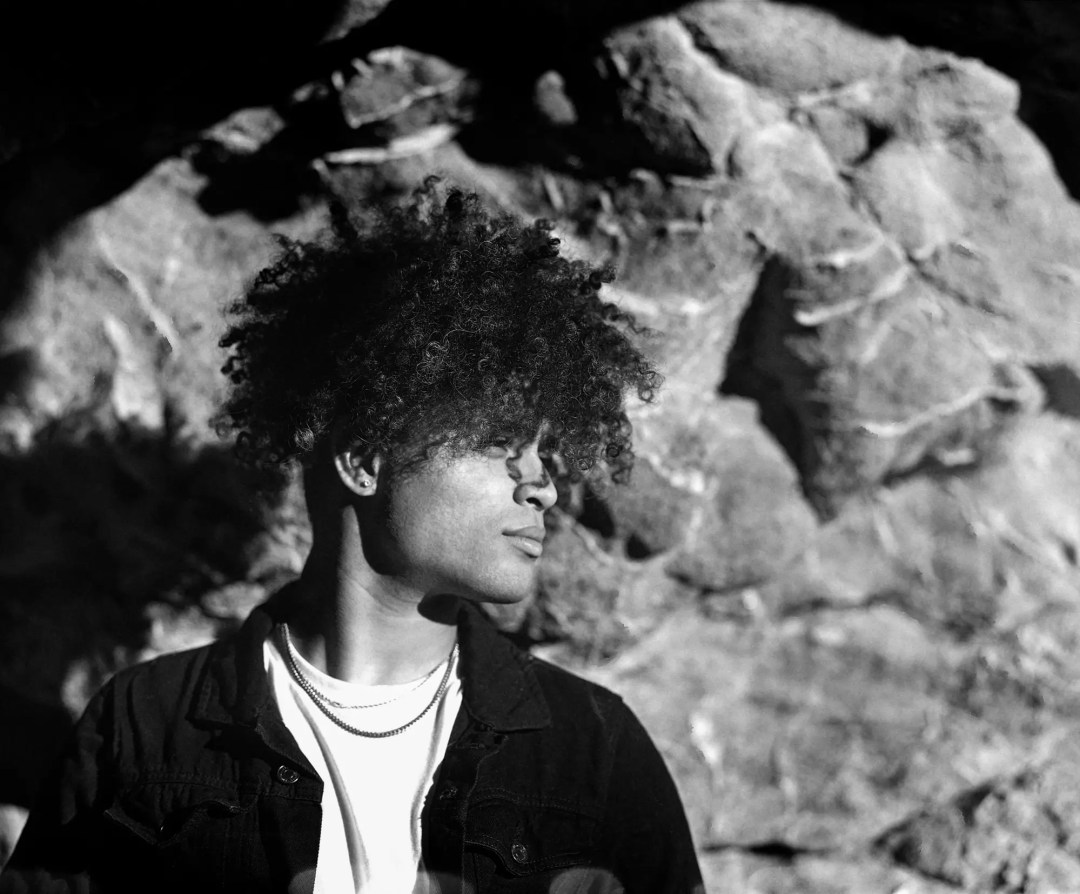
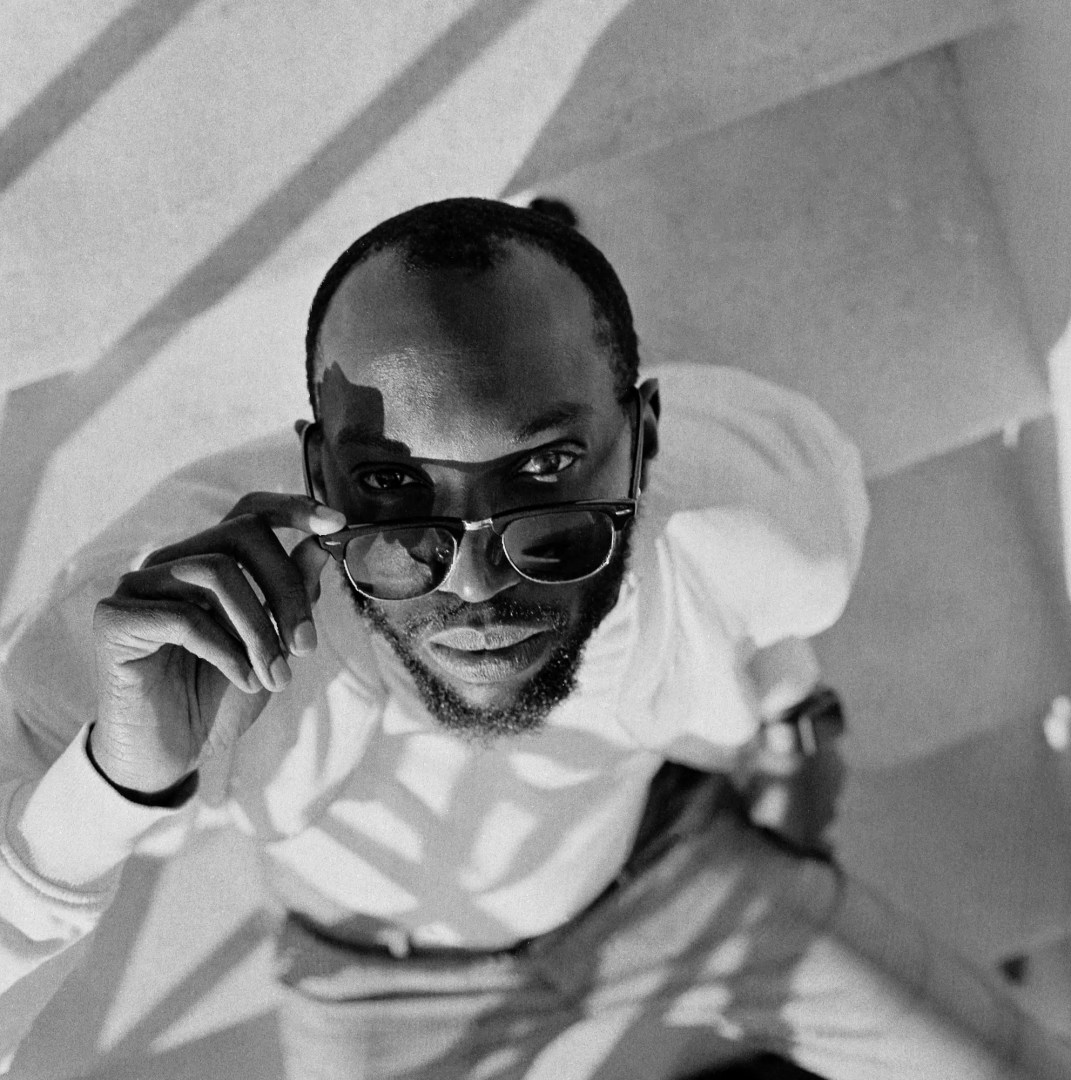
You’re a very artistic person. Outside of shooting film you’re also a writer and went to film school. What do you do to nourish your artistic soul?
I like to go to museums. I’m a big museum fan! And luckily LA has a lot of museums, and a lot of them have free days. I also like hiking and being out in nature, I’m big on that. Like a good hike in the Santa Monica Mountains. I like going to the beach, and on long motorcycle rides. I love traveling which I find is really conducive to creativity. And music! More instrumental, a lot of classical stuff I’ve been listening to lately.
As we’re winding down here, any other big projects you’re working on or excited to tackle in the near future?
This year I should be done with the sixth draft of my novel, so I’m looking forward to that! I probably won’t know what to do with myself after it’s done. I’m more than halfway done with it at this point. So I’m looking forward to finishing that and sending it out to some agencies for representation. So that’s the next big big project I’m working on that’s finally winding down. If I finish that by the end of this year, I’ll probably feel like I can float!
That’s exciting! What’s the novel about?
It’s a coming of age story about a young woman who grew up in the foster care system in Oakland. Her mother dies while in prison but she leaves her this novel that has this inscription from a Pulitzer prize winning author who teaches at an East Coast school. So she works really hard to get into that school to meet that author and learn about her mother, and they end up forming a relationship as she uncovers the story of her mother.
That’s amazing! Well I’ll keep positive vibes this will be the final draft for you. I’m sure we’d all love to read it. Before I let you go, is there anything else you’d like to share or where can we find you?
You can find me on YouTube as Talya Adams. I haven’t posted as frequently this year but that’s because I’m doing other things and figuring out life. I have a lot of videos I have shot that I just haven’t gotten to, so they will be going up at some point. I’m also on Instagram, and I write on Medium where I talk about photography, artistry, social media, basically whatever I want to! And my website is here. That’s pretty much where I am. I also wanted to say, I’ve really enjoyed this! When I looked up your series I thought it was really dope. I knew I had to do this because I really love women supporting women, and I think there needs to be more of that especially in photography!
Get Inspired
For more stories behind the images and photography from the community check out the many series we’ve published over the years below!
Featured Photophile – we shine a spotlight on amateur photographers whose work we love.
Photographer Interviews – in-depth discussions with professional and established photogs doing great work.
Female Photographers to Follow – get inspired by a monthly series focused on the beautiful and unique perspectives of female photographers.
Five Favorite Photos – a hand-selected examination of the oeuvre of ur favorite famous photographers.
Follow Casual Photophile on Facebook and Instagram
[Some of the links in this article will direct users to our affiliates at B&H Photo, Amazon, and eBay. By purchasing anything using these links, Casual Photophile may receive a small commission at no additional charge to you. This helps Casual Photophile produce the content we produce. Many thanks for your support.]
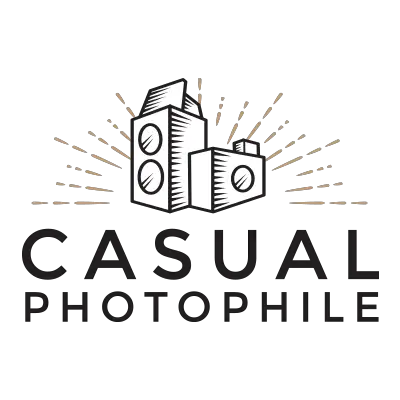
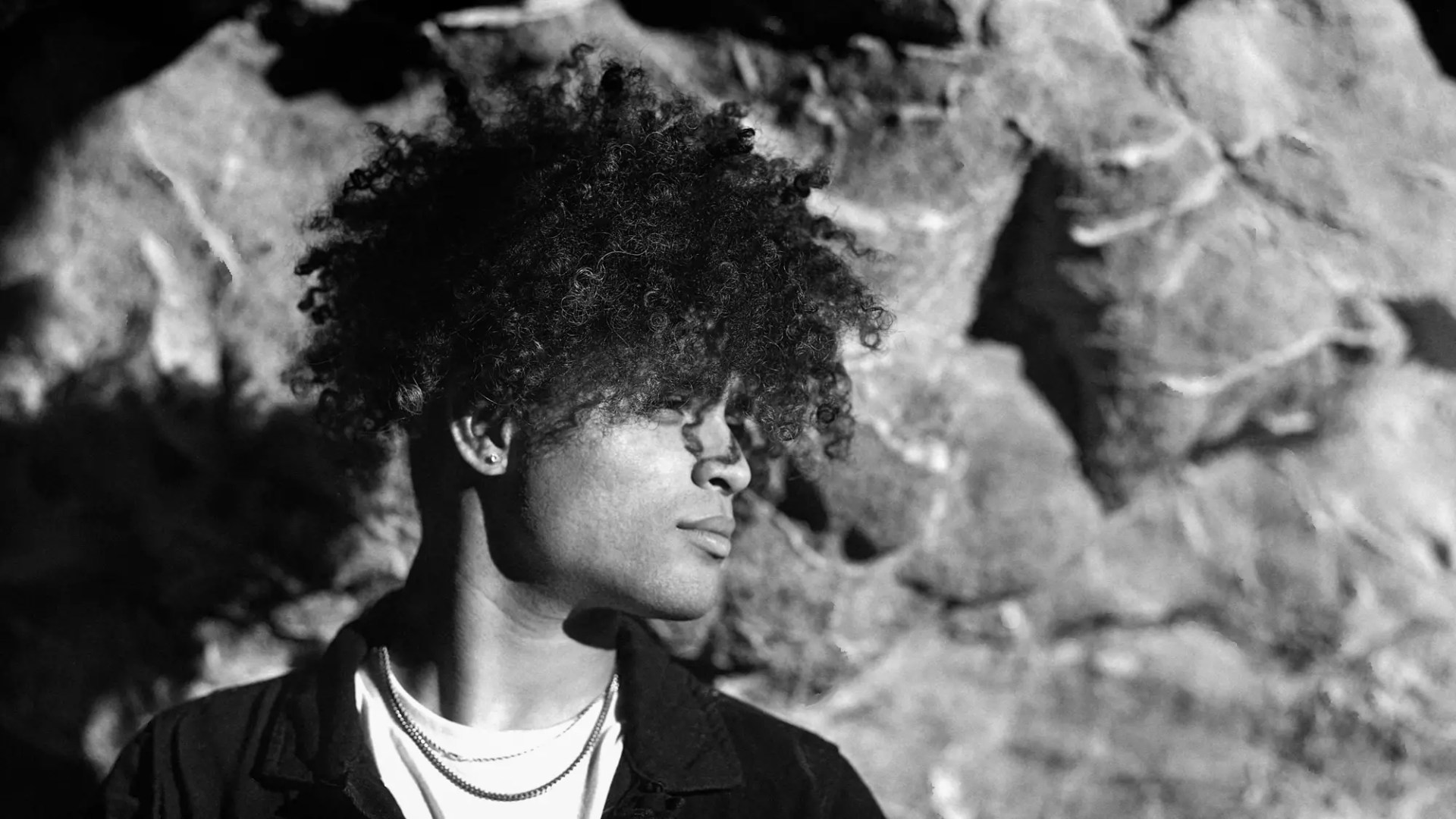
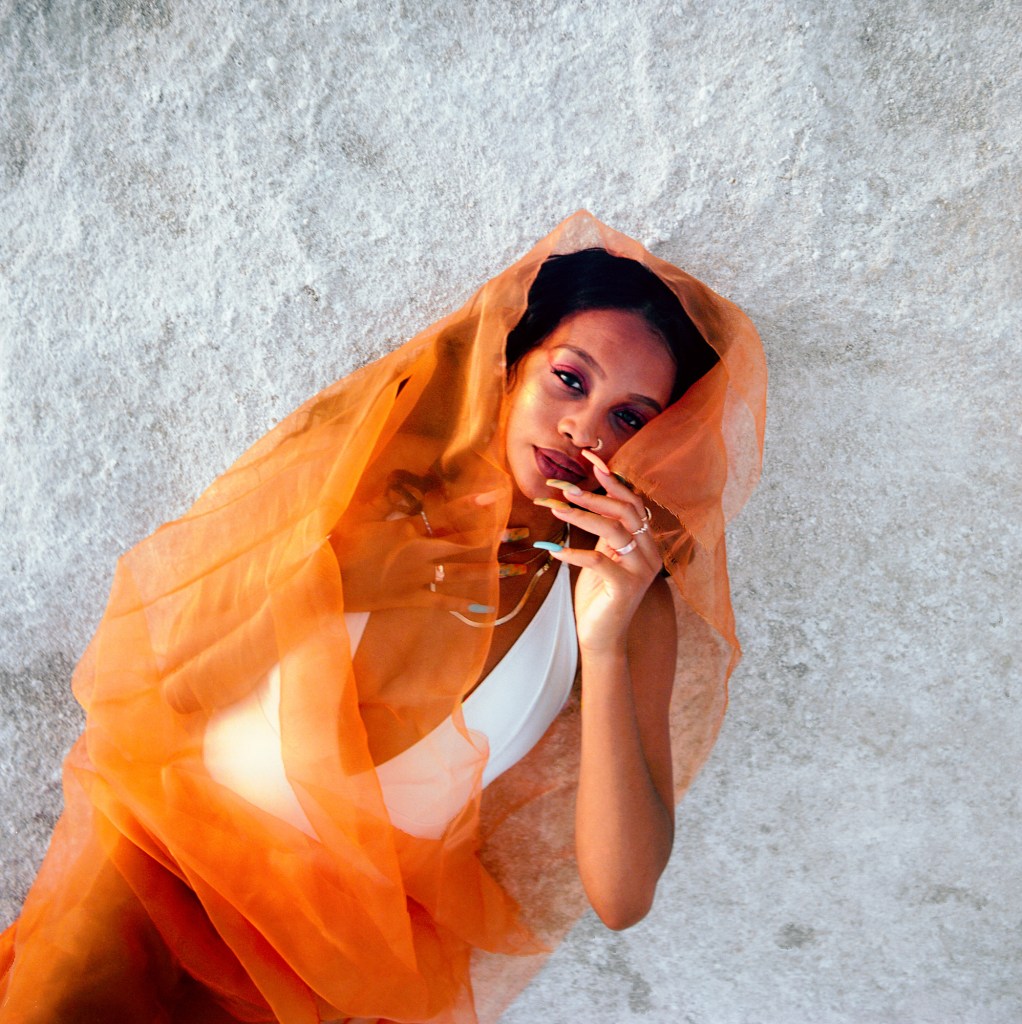
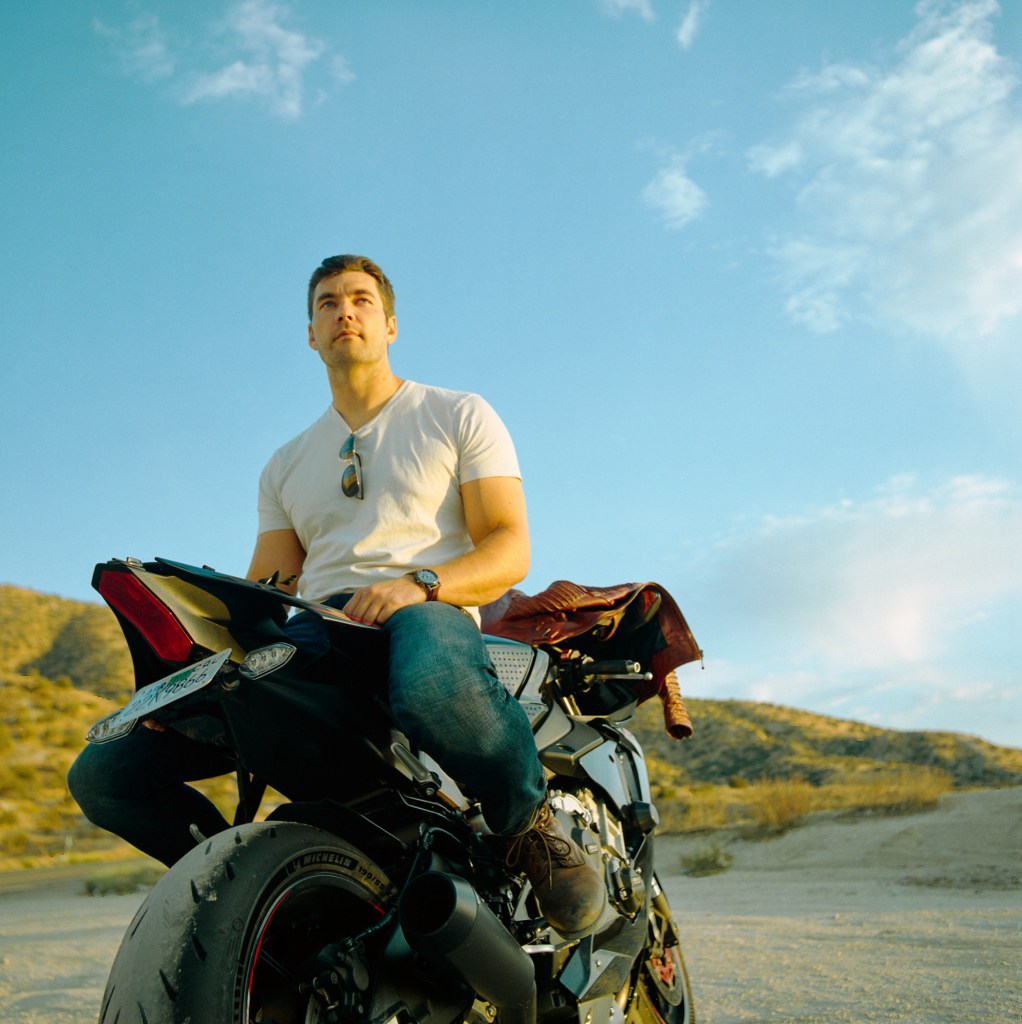
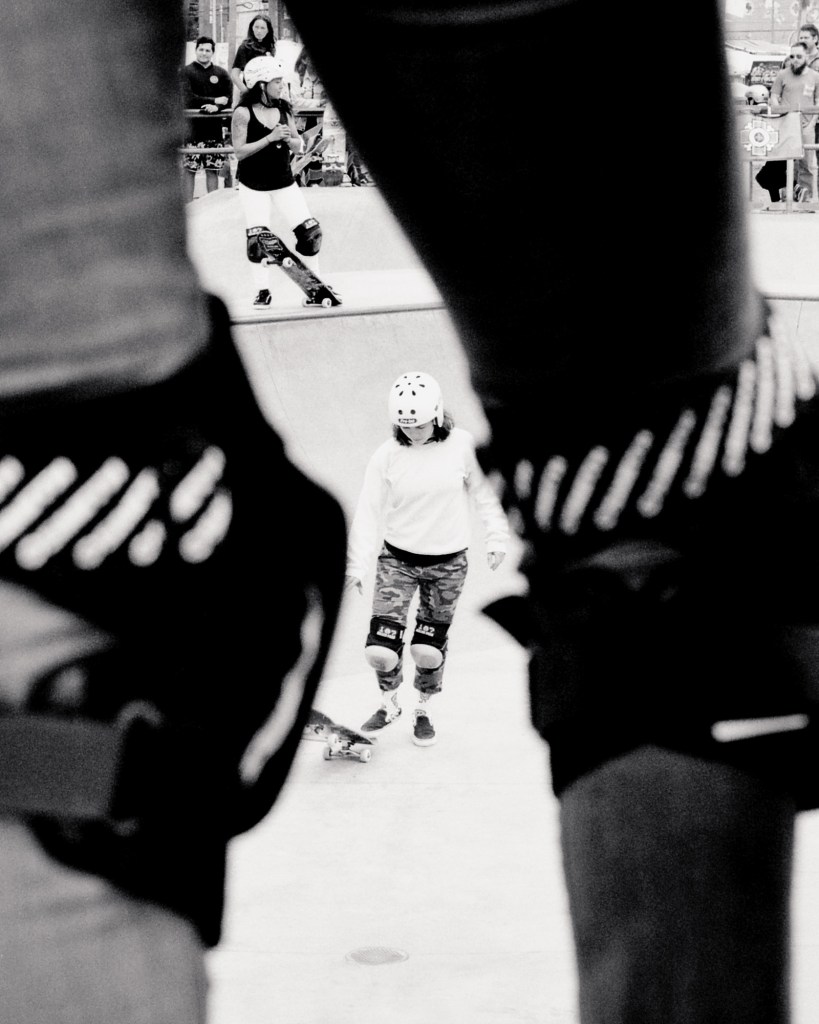
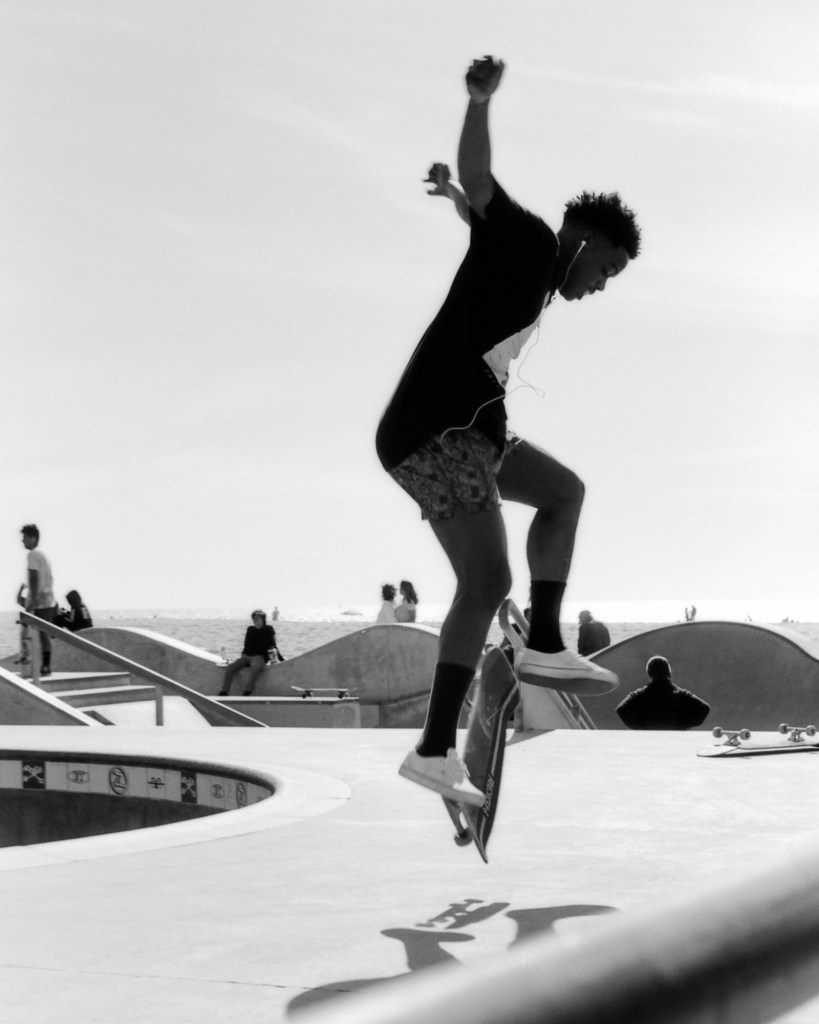

Great photographer, great interview, great images.